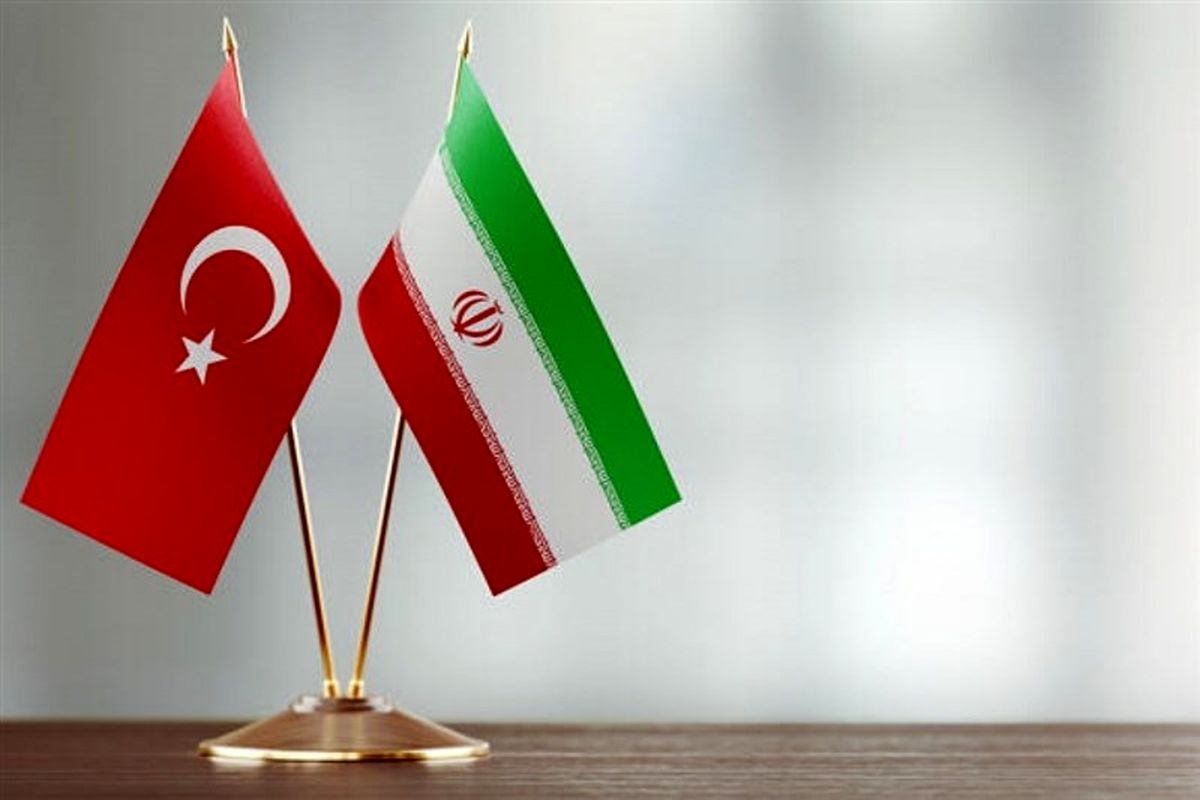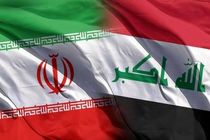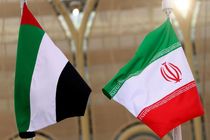Rise in Iran-Turkey bilateral trade
According to latest data, the value of Iran-Turkey trade has exceeded $6b in 5 months.

MojNews-According to latest data, the value of Iran-Turkey trade has exceeded $6b in 5 months.
The value of non-oil trade between Iran and Tukey stood at $6.01 billion in the first five months of the current Iranian calendar year (March 20-August 21), the Islamic Republic of Iran Customs Administration (IRICA) reported.
The IRICA report put the weight of the non-oil trade between the two countries at 6.698 million tons.
As reported Iran-Tukey five-month non-oil trade indicates six percent rise in value and 23 percent growth in weight year on year.
Turkey was the second top trade partner of Iran among the Islamic Republic’s neighbors in the first five months of the present year.
During a meeting between a delegation of Tehran Chamber of Commerce, Industries, Mines, and Agriculture (TCCIMA) and the senior directors of the Turkish Exporters Union (TiM), the two sides explored the ways to improve and develop trade relations between the private sectors of the two countries.
In the meeting, held at the place of TiM in Istanbul, last week, the areas of development of commercial cooperation between the private sectors of the two countries were discussed and the use of advantages and capacities in the fields of tourism, food, textile and pharmaceutical industries was emphasized, the TCCIMA portal reported.
In this meeting, TCCIMA Head Mahmoud Najafi-Arab referring to the trade balance of 1.6 billion dollars between the two countries, which is also positive for Turkey, mentioned the re-export of some Iranian products through this country as one of the opportunities to optimize the trade relations between the two countries.
Recalling that Turkey has great power and experience in the field of tourism, he mentioned the use of the capacity of Turkish tourism companies to cooperate with the Iranian tourism industry and to increase the attraction of foreign tourists to Iran as another area of development of relations between these two neighboring countries.
Najafi-Arab also pointed to Iran's high power and knowledge in the textile industry and said that by setting up a joint cooperation program, the global expertise of Turkish companies can be used to strengthen the branding of Iranian products in international markets.
The TCCIMA head then pointed to the technical knowledge and expertise of Iranian companies in the pharmaceutical industry, especially in biotech drugs and probiotic industries, and emphasized on strengthening cooperation between the two countries in these sectors.
Addressing the same meeting, TiM Deputy Ahairman Ahmet Gulec explained about this large Turkish private sector union and reminded that currently 150,000 Turkish exporters are members of this union and 61 export associations of this country also form the body of this large entity.
According to him, this union covers 27 product groups in the agricultural, industrial, mining and service sectors, and supporting Turkish exporters for their greater presence in the world markets is one of the main goals of the union.
He further put the export value of Turkey in 2023 at $357 billion and the import value at $410 billion, and reminded that the country plans to rise the value of products export to $375 billion and the value of services export to $200 billion by 2028.
He called the joint investment and the construction of Turkish factories in Iran and vice versa, among the capacities of joint cooperation and reminded that the TiM is ready to cooperate and interact with the TCCIMA to strengthen and develop the exports of the companies of the two countries.
As announced by the head of the Islamic Republic of Iran Customs Administration (IRICA), the value of non-oil trade between Iran and Turkey stood at $4.125 billion during the first four months of the current Iranian calendar year (March 20-July 21).
As reported, Turkey was Iran’s second biggest trade partner among the neighboring countries during the four-month period.
In early July, Director of Asia and the Pacific Office of the Iran Chamber of Commerce, Industries, Mines and Agriculture (ICCIMA) International Affairs Department Niloufar Asadi said a Free Trade Agreement (FTA) between Iran and Turkey should replace the previous trade agreements between the two countries to boost economic exchanges.
In a meeting with the Consul General of Iran in Istanbul, Asadi referred to a previously reached preferential trade agreement between Iran and Turkey under the framework of the Group of Eight Developing Islamic Countries (D8) and said: “Considering the shortcomings of the previously signed preferential trade agreement and the necessity to improve and develop it, I suggest that a free trade agreement between the two countries replaces the previous agreements.”
The trade exchanges between Iran and Turkey in the first five months of 2024 reached $2.3 billion, showing a five percent increase compared to the same month last year.
According to the latest figures released by the Turkish Statistical Institute (TURKSTAT), Iran’s trade with the neighboring country stood at $2.189 billion in January-May 2023.
As announced by the head of the Islamic Republic of Iran Customs Administration, the value of Iran’s non-oil trade with its neighbors increased by 16 percent in the first five months of the current Iranian calendar year to reach $26.857 billion.
Mohammad Rezvanifar put the weight of non-oil trade with the neighboring countries at 43.579 million tons in the said period, noting that the trade between the two sides also increased by 10 percent in terms of weight.
During the mentioned five months, Iran exported 34.118 million tons of goods worth $13.402 billion to its neighbors, while importing 9.461 million tons of commodities valued at $13.455 billion.
Iran’s exports to neighboring countries in the first five months of this year compared to the same period last year increased by 11 percent in terms of weight and 19 percent in terms of value, respectively; and imports from neighboring countries increased by 10 percent and 13 percent respectively in terms of weight and value, according to Rezvanifar.
He named Iraq, the United Arab Emirates (UAE), Turkey, Pakistan, and Afghanistan as the top importers of Iranian goods among the neighboring countries, and the UAE, Turkey, Russia, Oman, and Pakistan as the main sources of imports in the said five months.
Increasing non-oil exports to the neighboring countries is one of the major plans that the Iranian government has been pursuing in recent years.
Iran shares land or water borders with 15 countries namely UAE, Afghanistan, Armenia, Azerbaijan, Bahrain, Iraq, Kuwait, Kazakhstan, Oman, Pakistan, Qatar, Russia, Turkey, Turkmenistan, and Saudi Arabia.





Add Comment